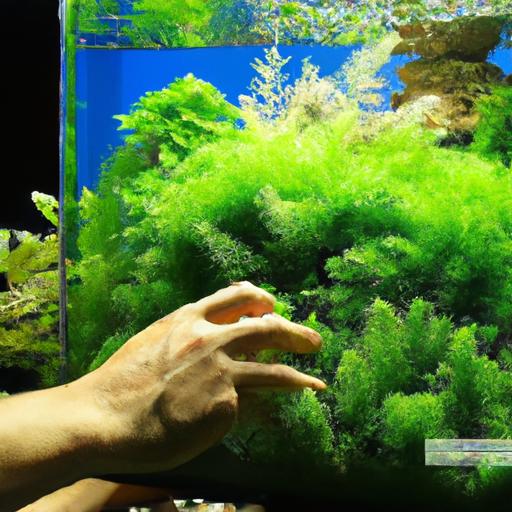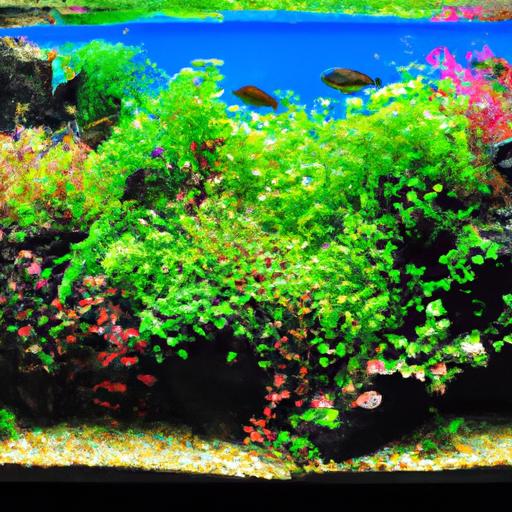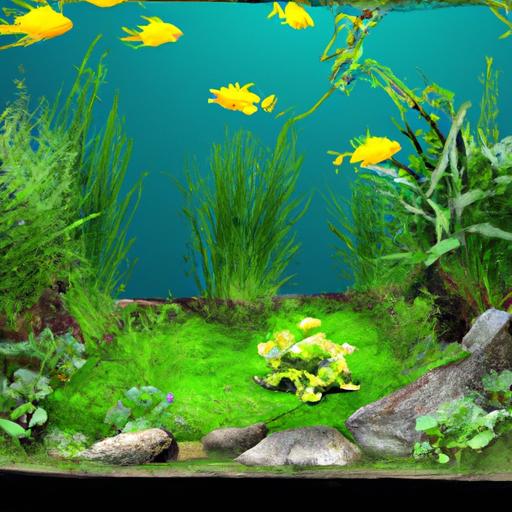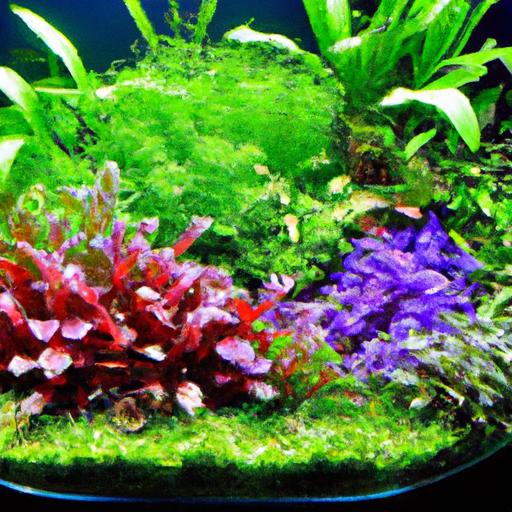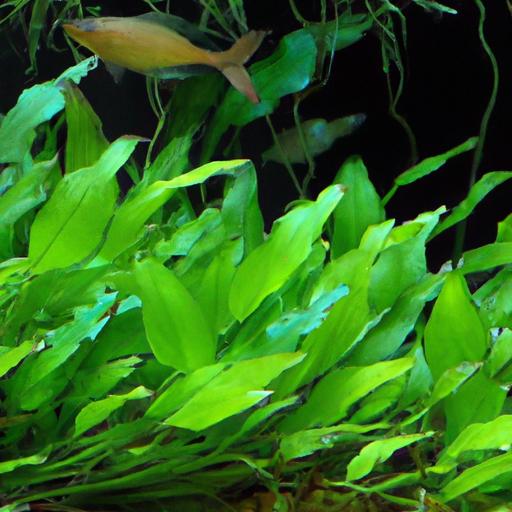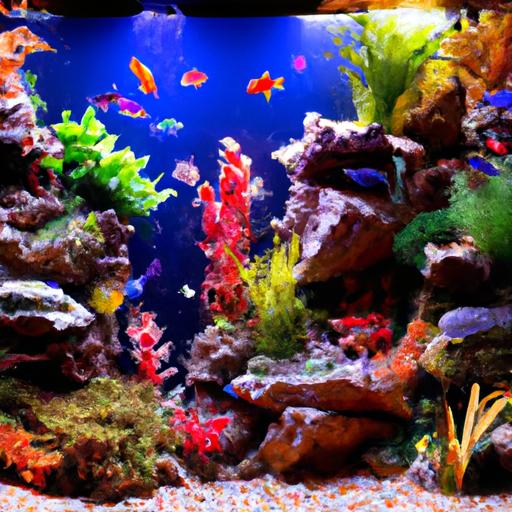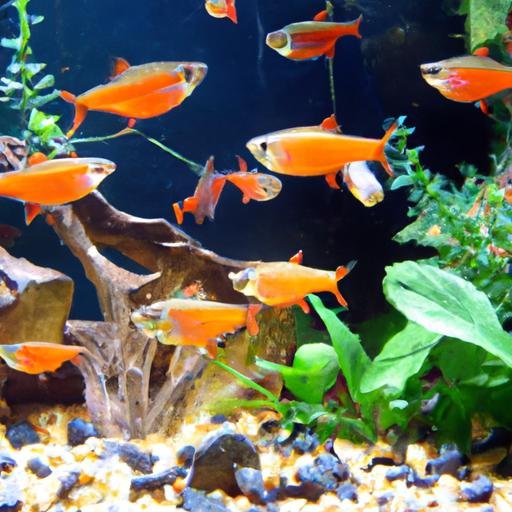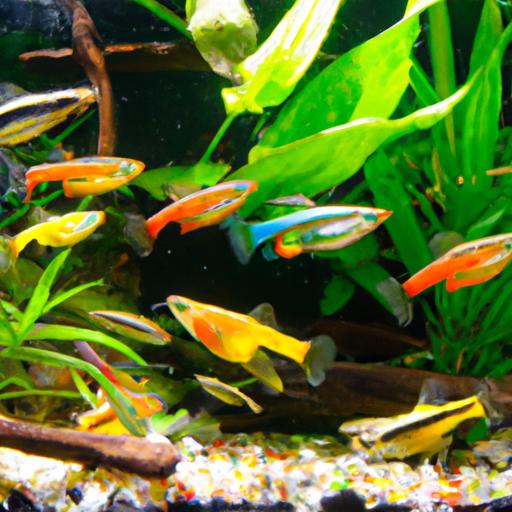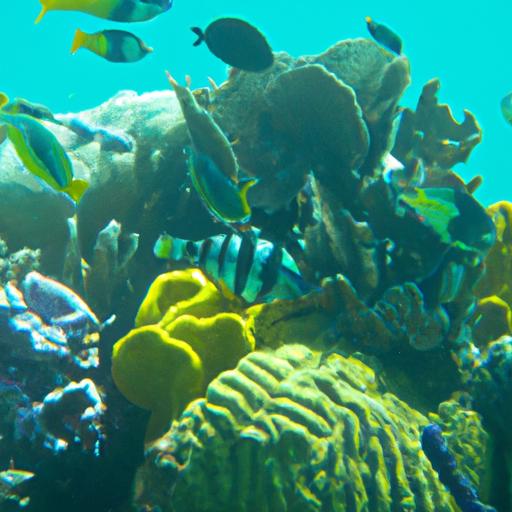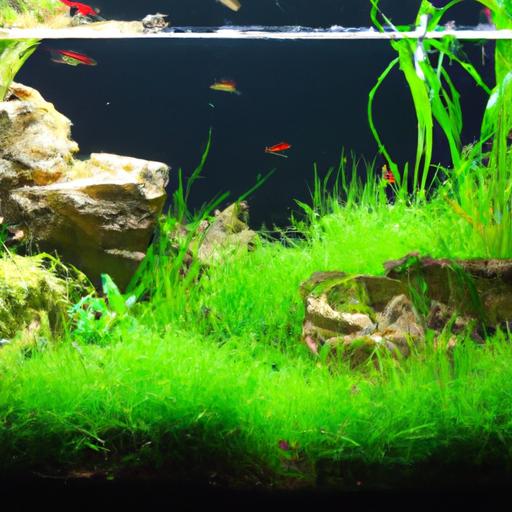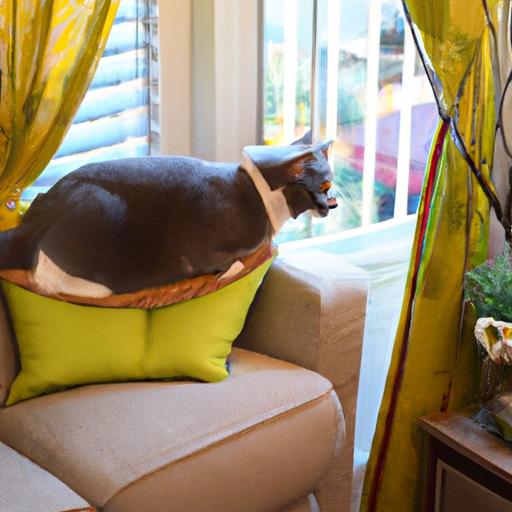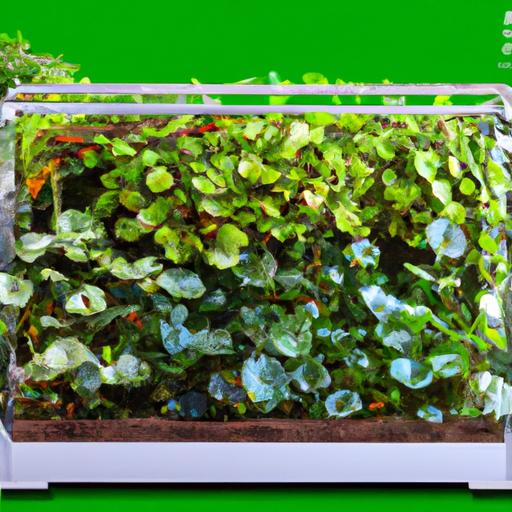
- Home
- Caring for Aquatic Plants
- Best Practices for Growing Hydrocotyle Sibthorpioides in Your Aquarium
Best Practices for Growing Hydrocotyle Sibthorpioides in Your Aquarium
Discover the best practices for growing Hydrocotyle Sibthorpioides in your aquarium. Learn how to create optimal conditions for vibrant and healthy plant growth.
Aquarium enthusiasts understand the joy and tranquility that a well-maintained tank can bring. The addition of live plants not only enhances the visual appeal but also promotes a healthy ecosystem within the aquarium. One such plant that has gained popularity among hobbyists is Hydrocotyle Sibthorpioides. To ensure successful growth and vibrant foliage, it is essential to follow the best practices tailored specifically for this aquatic plant. In this article, we will explore the key factors to consider when cultivating Hydrocotyle Sibthorpioides in your aquarium, providing you with the knowledge to create a thriving underwater garden.
Best Practices for Growing Hydrocotyle Sibthorpioides
Water Conditions: The Foundation for Optimal Growth
Creating the ideal water conditions is crucial for the successful cultivation of Hydrocotyle Sibthorpioides. This plant thrives in slightly acidic to neutral water with a pH range of 6.5 to 7.5. It is essential to regularly monitor and maintain the pH level within this range to ensure its overall health and growth. Additionally, Hydrocotyle Sibthorpioides prefers water with a moderate to high hardness level, typically between 4 to 12 dGH (degrees of General Hardness).
Lighting: Illuminating Aquatic Brilliance
Lighting plays a vital role in the growth of Hydrocotyle Sibthorpioides. This plant thrives under moderate to high lighting conditions. Providing a light intensity of 2 to 3 watts per gallon of water is recommended for optimal growth. It is essential to select appropriate aquarium lights, such as fluorescent or LED lights, that emit a spectrum suitable for plant photosynthesis. Regularly monitor the light duration, ensuring the plant receives 10 to 12 hours of light each day.
Substrate and Water Circulation: Creating a Supportive Environment
The choice of substrate and water circulation within the aquarium significantly impacts the growth of Hydrocotyle Sibthorpioides. This plant benefits from a nutrient-rich substrate, such as aqua soil or a specialized plant substrate, which provides essential nutrients to promote healthy root development. Additionally, maintaining proper water circulation helps deliver nutrients to the plant and prevents the accumulation of harmful substances. Consider using a gentle water flow to avoid uprooting the delicate Hydrocotyle Sibthorpioides.
Temperature and pH Levels: Finding the Perfect Balance
Maintaining the recommended temperature and pH levels is vital for the successful growth of Hydrocotyle Sibthorpioides. The ideal temperature range for this plant is between 68°F to 82°F (20°C to 28°C). Fluctuations outside of this range can stress the plant and hinder its growth. Additionally, consistency in pH levels within the recommended range of 6.5 to 7.5 is crucial. Regular monitoring and appropriate adjustments are necessary to ensure a stable and conducive environment for Hydrocotyle Sibthorpioides.
FAQ (Frequently Asked Questions)
1. What is the recommended water temperature for Hydrocotyle Sibthorpioides?
The recommended water temperature for Hydrocotyle Sibthorpioides falls within the range of 68°F to 82°F (20°C to 28°C). Maintaining the water temperature within this range promotes optimal growth and prevents stress on the plant.
2. How often should I fertilize Hydrocotyle Sibthorpioides?
Hydrocotyle Sibthorpioides benefits from regular fertilization. It is recommended to use a liquid or substrate fertilizer specifically formulated for aquatic plants. Follow the manufacturer’s instructions for the proper dosage and frequency. Generally, fertilizing once or twice a month is sufficient to provide the necessary nutrients for healthy growth.
3. Can Hydrocotyle Sibthorpioides survive in low-light conditions?
While Hydrocotyle Sibthorpioides prefers moderate to high lighting conditions, it can survive in lower light environments. However, in such conditions, its growth may be slower, and the foliage may not be as vibrant. Consider providing supplemental lighting or selecting alternative low-light plants if your aquarium has limited lighting.
4. What are some common issues that may affect the growth of Hydrocotyle Sibthorpioides?
Some common issues that may affect the growth of Hydrocotyle Sibthorpioides include inadequate lighting, improper water conditions, and lack of nutrients. Insufficient lighting can lead to stunted growth or leggy appearance. Inconsistent pH levels or unsuitable water hardness can also hinder its growth. Additionally, a nutrient-deficient substrate or lack of fertilization can result in pale or discolored foliage. Regular monitoring and addressing these issues promptly will help ensure the health and vitality of Hydrocotyle Sibthorpioides in your aquarium.
Conclusion
Cultivating Hydrocotyle Sibthorpioides in your aquarium can elevate the beauty and ecological balance of your underwater world. By adhering to the best practices outlined in this article, you can create a thriving environment for this captivating aquatic plant. Remember to provide the ideal water conditions, suitable lighting, proper substrate, and regular maintenance to ensure the successful growth of Hydrocotyle Sibthorpioides. Implement these practices with care, and you will be rewarded with a lush and vibrant aquatic garden that brings joy and tranquility to both you and your aquatic companions.
